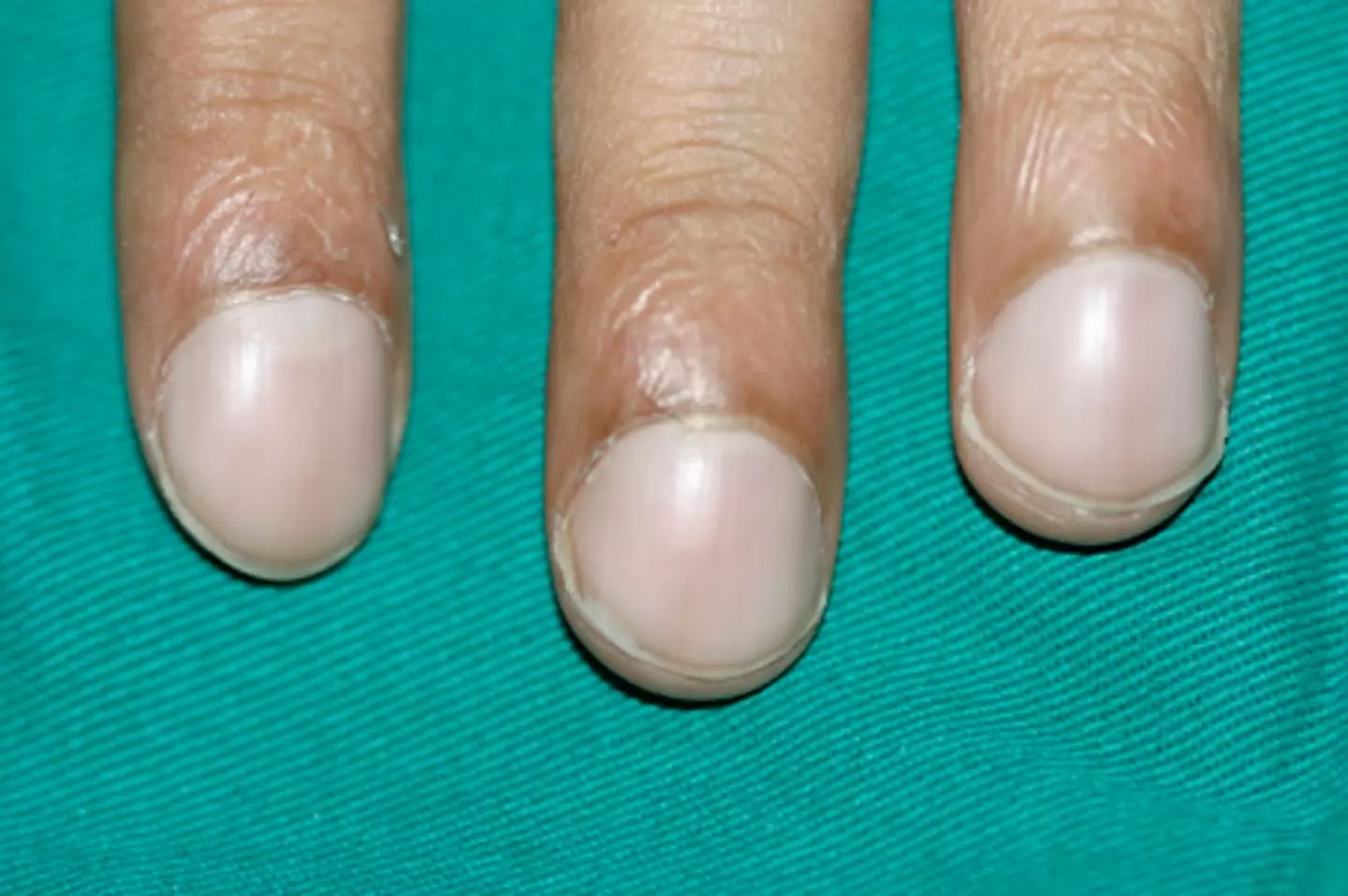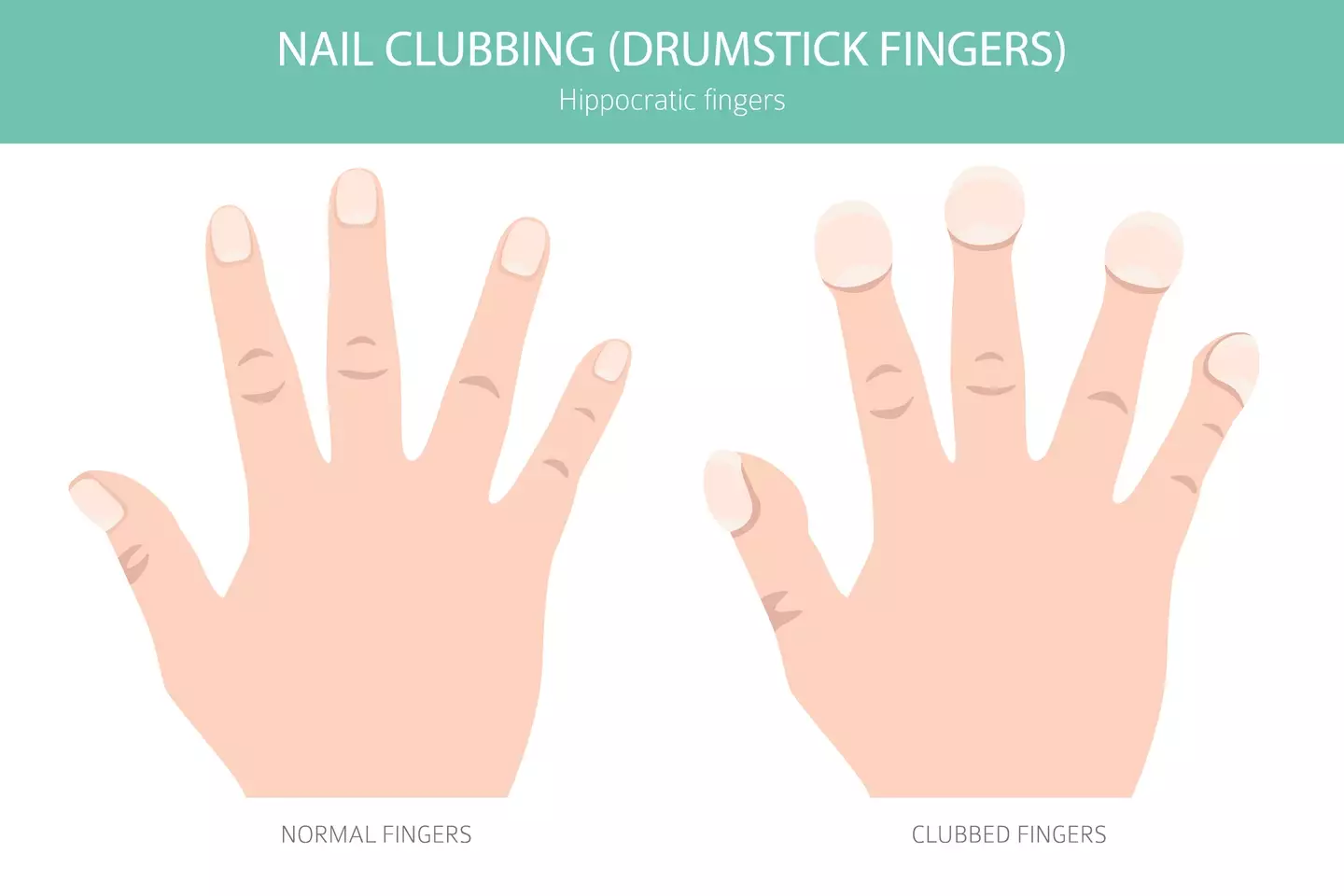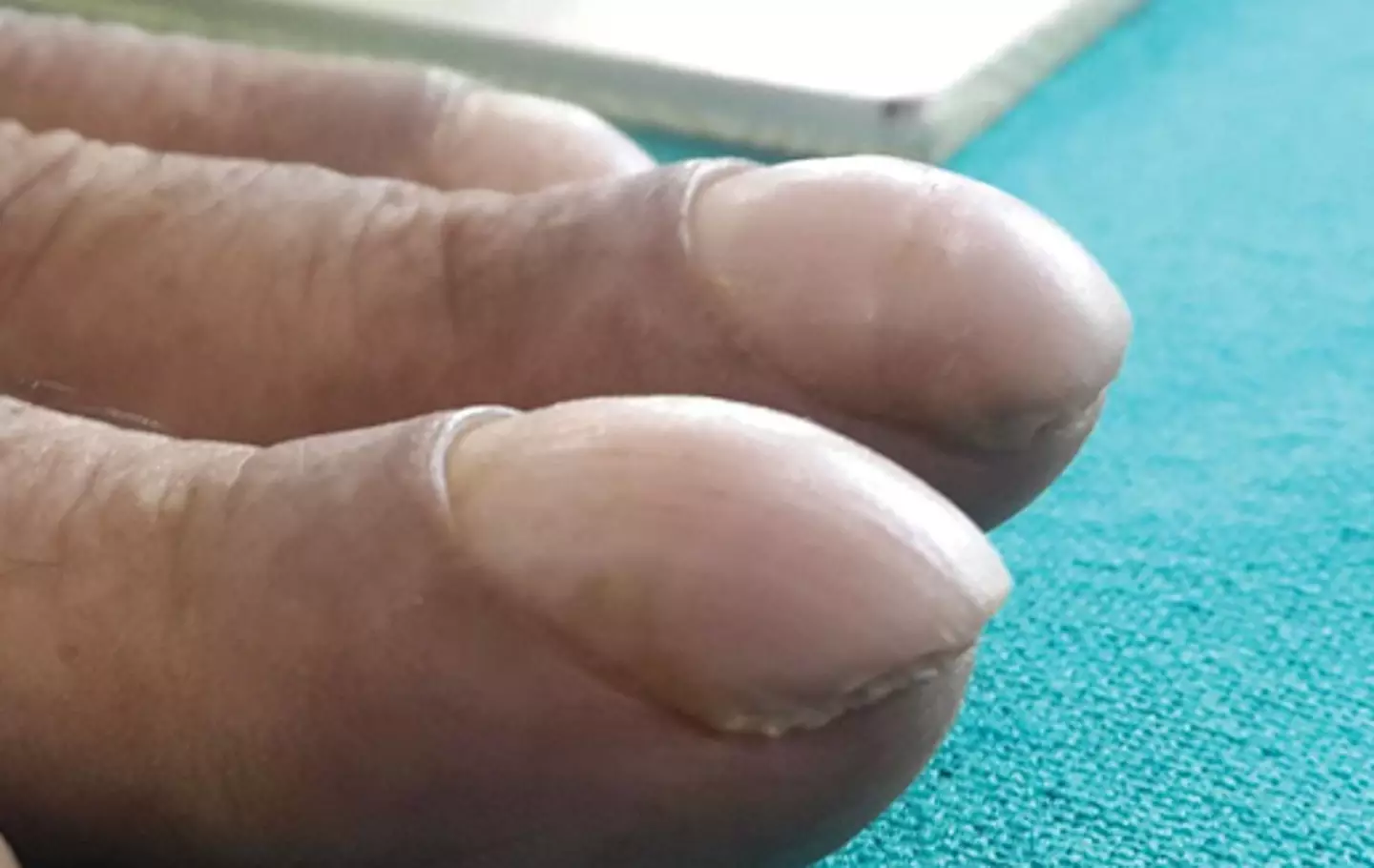Clubbing is a noticeable change in the shape and feel of your fingernails or toenails. While it may seem like a simple oddity, it can be a critical sign of serious, even deadly, diseases. The nails may look wider, swollen, or take on the shape of an upside-down spoon. They may also feel soft or sponge-like and may look red or warm to the touch.

This condition often begins in just a couple of fingers, usually the thumb and forefinger, before spreading to other nails. Clubbing signals problems that affect the heart and lungs most frequently, such as lung cancer, lung infections, cystic fibrosis, or cardiovascular disease. It can appear gradually and may be hard to spot at first, but doctors warn against ignoring it.

Experts say the first stage of clubbing includes softening of the nail bed and loss of the normal angle between the nail and the skin. A common test for clubbing involves placing two fingers back to back; normally, a diamond-shaped window appears between the nails, but with clubbing, this space is lost.
In addition to clubbing, dark lines or striations under the nails may sometimes indicate other health concerns such as melanoma, a type of skin cancer. Medical professionals urge anyone who notices unusual nail changes to consult healthcare providers immediately to check for underlying conditions.

Studies show that lung cancer is linked to nearly 90% of clubbing cases, though only 5 to 15% of lung cancer patients develop the nail condition. Early detection and treatment of the cause can sometimes reverse the nail changes, so awareness is key.


